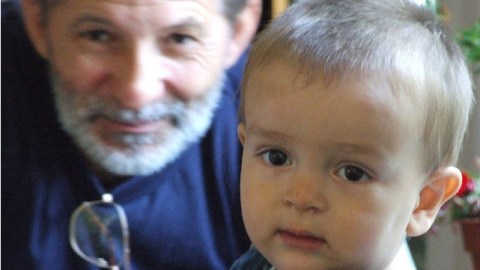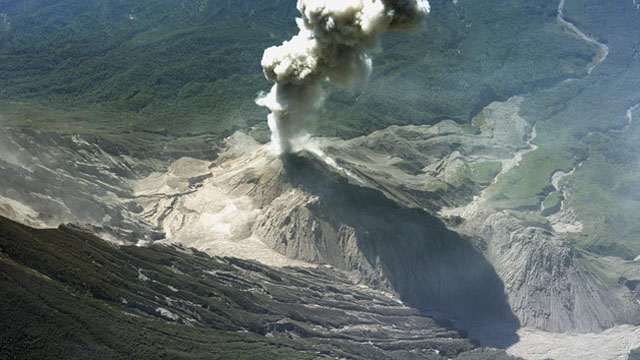Cancer’s Place in the Circle of Life

Human evolution no longer bows to the survival of the fittest. In the past century, medical science and technology have made it possible for us to live longer than we ever have before. We can get new hips, new hearts, new eyes. We take preventative measures to combat the early signs of age-related disease, continually seeking ways to stop getting old before we even start. But as our lifespan creeps ever upward, we find ourselves facing a great unknown: what will happen to our bodies, and our cells, if we all live to 90, 100, or beyond?
Of the many foes we have conquered, or at least tempered, in our fight against death, cancer remains. It is well known that cancer risk increases with age, suggesting that they might be caused by the build up of natural genetic mutations that occur from aging. But other cancers, like retinoblastoma, only occur in young children. Dr. Siddhartha Mukherjee, Assistant Dean of Medicine at Columbia University and moderator of the recent Big Think panel on the development of cancer research, presented this question to his peers: “Why is it that only some cancers are age related, and other cancers are not?”
Theories abound, but data is not yet concrete. However, the general consensus is that the answers lie in the ebbs and flows of hormonal development that occur throughout a human’s lifetime. This becomes especially apparent in some cancers, like testicular cancer and Hodgkin’s lymphoma, which are more likely to occur at two distinct points in a human’s lifetime—the teenage years and in the late 50s and 60s, both periods of dramatic hormonal shifts. These diseases essentially look the same under the microscope whether they occur early or in middle age, but are they really the same?
Dr. Lewis Cantley, Professor of Cell Biology at Harvard University, postulates that the direct cause of cancer in these two cases might be different. For the teenager who develops testicular cancer, the cancer is likely driven by some growth factor hormone that happens to be peaking at that stage. However, for the middle-aged man who develops the same type of cancer, genetic mutations are probably triggering the disease rather than the presence of testosterone.
What does that tell us about how to combat the two different incarnations of the disease? Will we treat hormonally-triggered cancer differently than mutation-driven cancer? Scientists can’t answer these questions yet, but new research offers some tantalizing clues.





